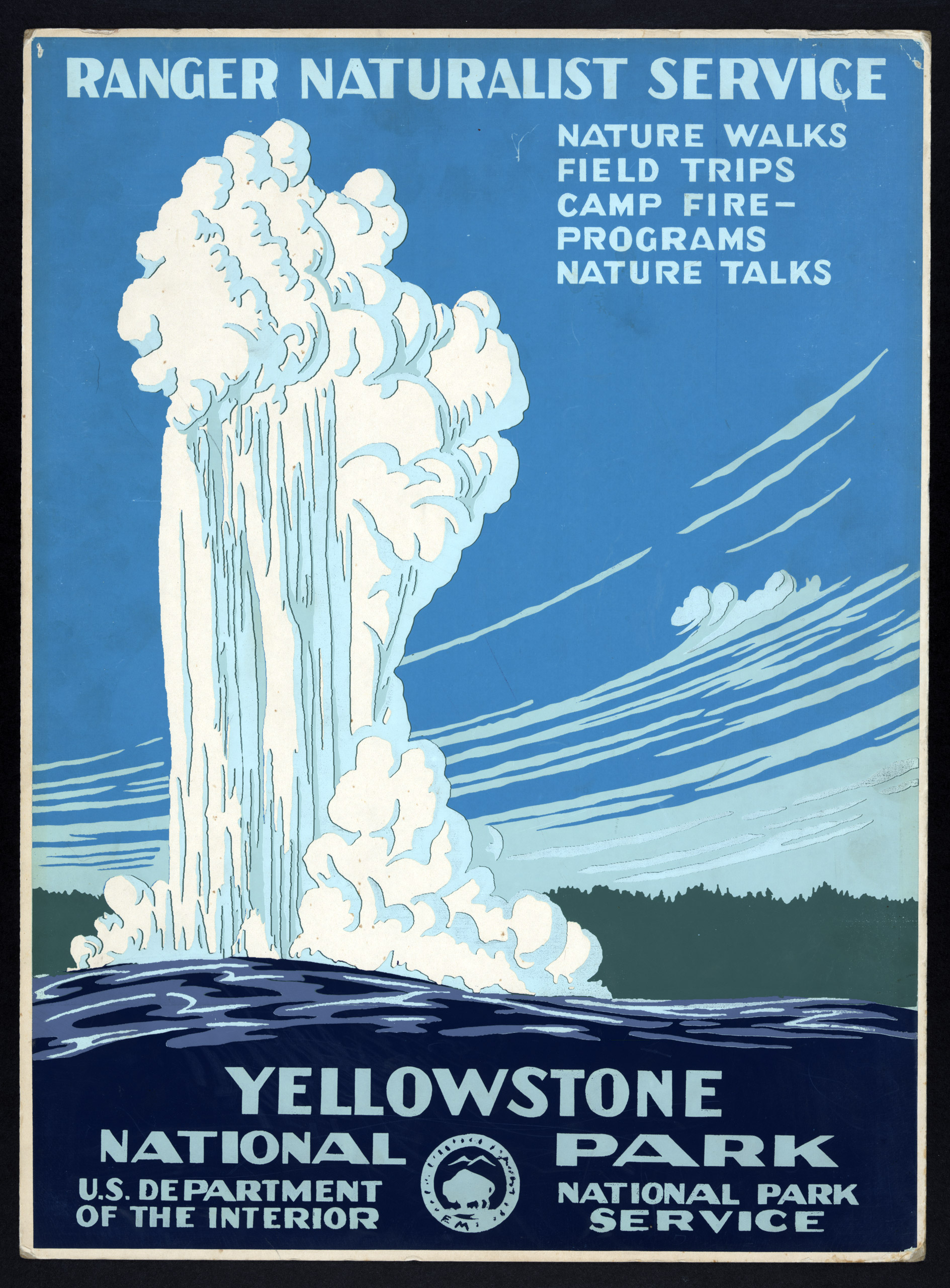
Not even a week had passed since his March 1933 inauguration as President of the United States when Franklin D. Roosevelt established the Civilian Conservation Corps (CCC), which found work for unemployed Americans while also helping preserve the parks and forests that were their national heritage. The President estimated that he could employ 250,000 men in “creating future national wealth” that would “pay dividends to the present and future generations.”
Much of the help provided by the CCC went to the relatively young National Park Service, as parks across the country were bolstered by upgraded infrastructure and new amenities. And once the parks were fixed up, the Works Progress Administration’s Federal Art Project stepped in to help spread the word that the parks were open for business, as Kathryn Flynn explains in her book The New Deal.
Get your history fix in one place: sign up for the weekly TIME History newsletter
Between 1938 and 1941, the WPA produced a series of 14 hand silkscreened promotional posters for the parks. Eight of them, from the collection of the Library of Congress, can be seen here.
The CCC was disbanded in 1942, as the onset of war depleted the ranks of young men available for that work, with a solid record as a successful New Deal program: By TIME’s estimate, the busiest CCC month, in 1935, counted 505,782 corps members at more than 2,000 locations. The posters, however, were almost lost to the dustbin of history. When the round of promotion was over, most were disposed of like any other ads. Most of them, probably hundreds in total, were lost forever.
See more: 18 Gorgeous Public Health Posters From the 1930s
It wasn’t until 1973 that a park ranger named Doug Leen happened to save one of the posters from the trash—a chance discovery that eventually led to a resurgence in the popularity of the images and their signature WPA style. Of the 14 designs, 12 originals have been recovered.
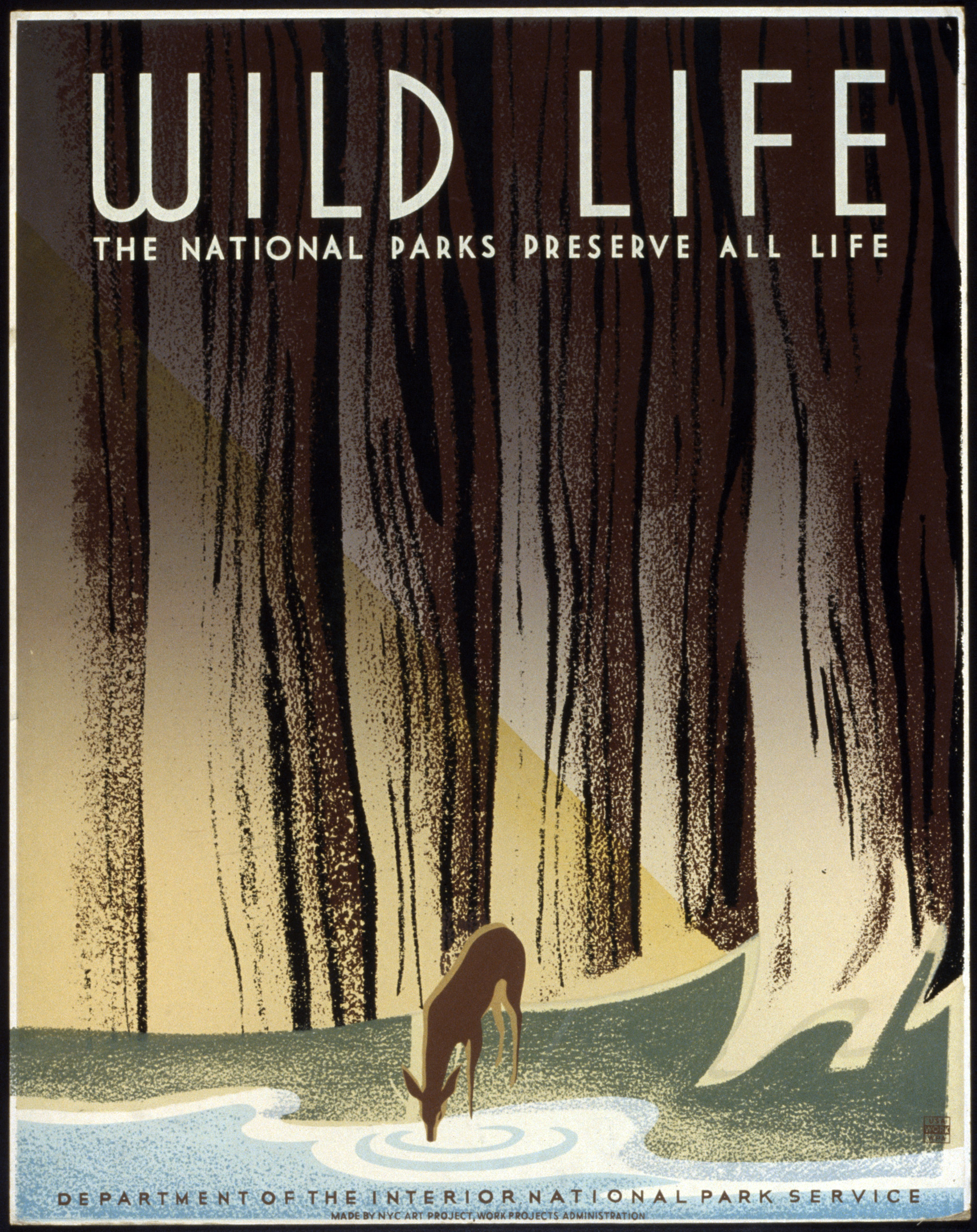
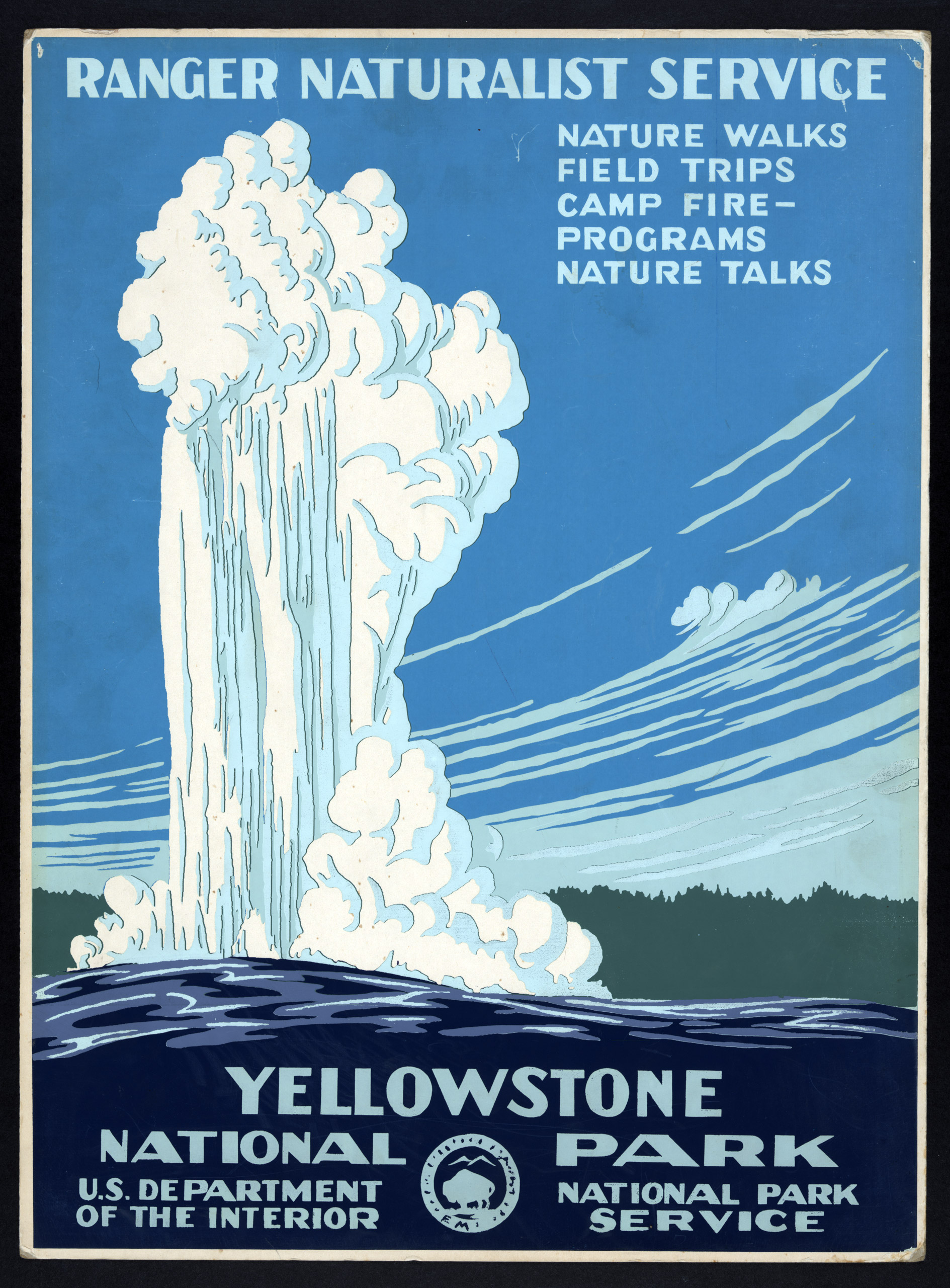
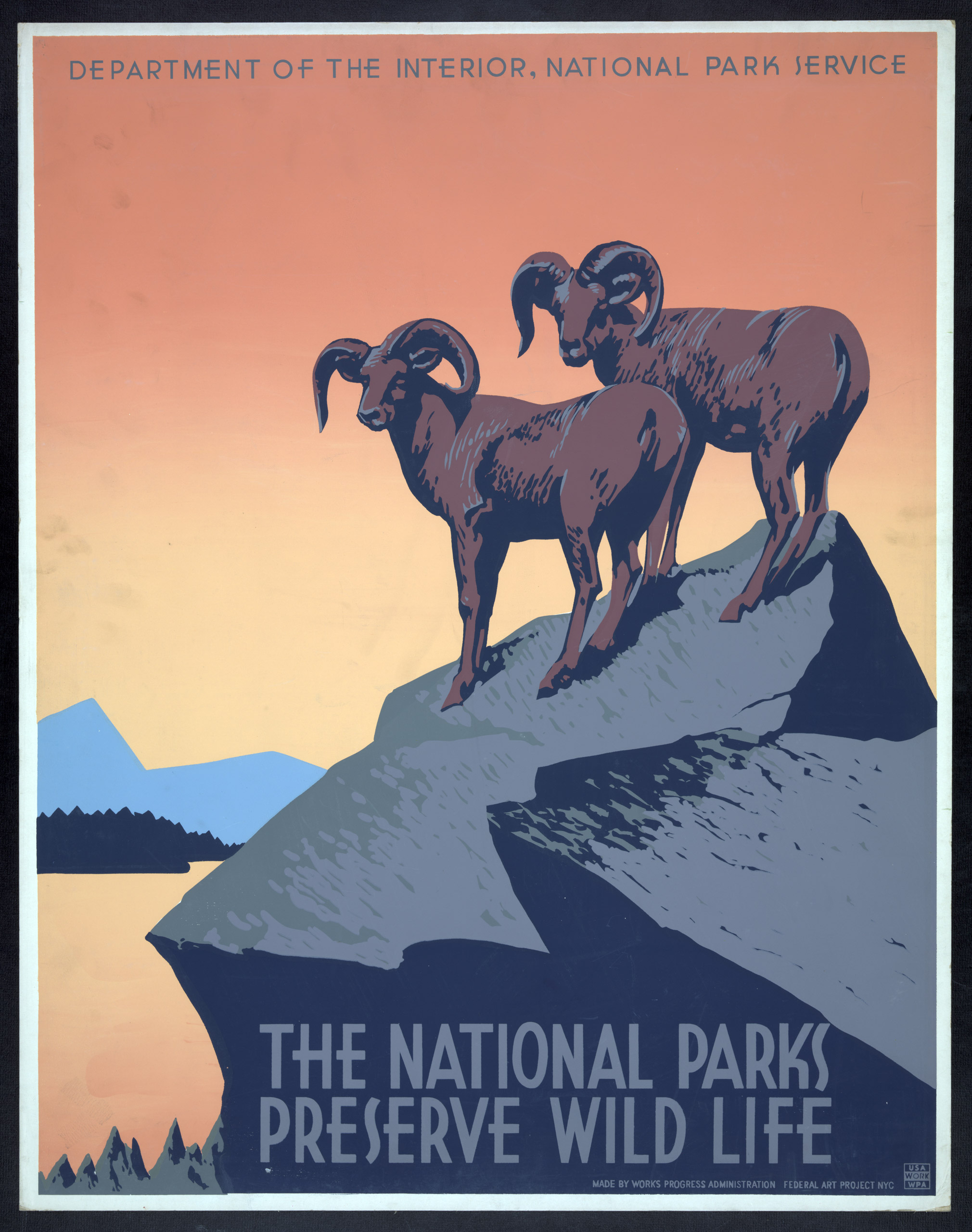
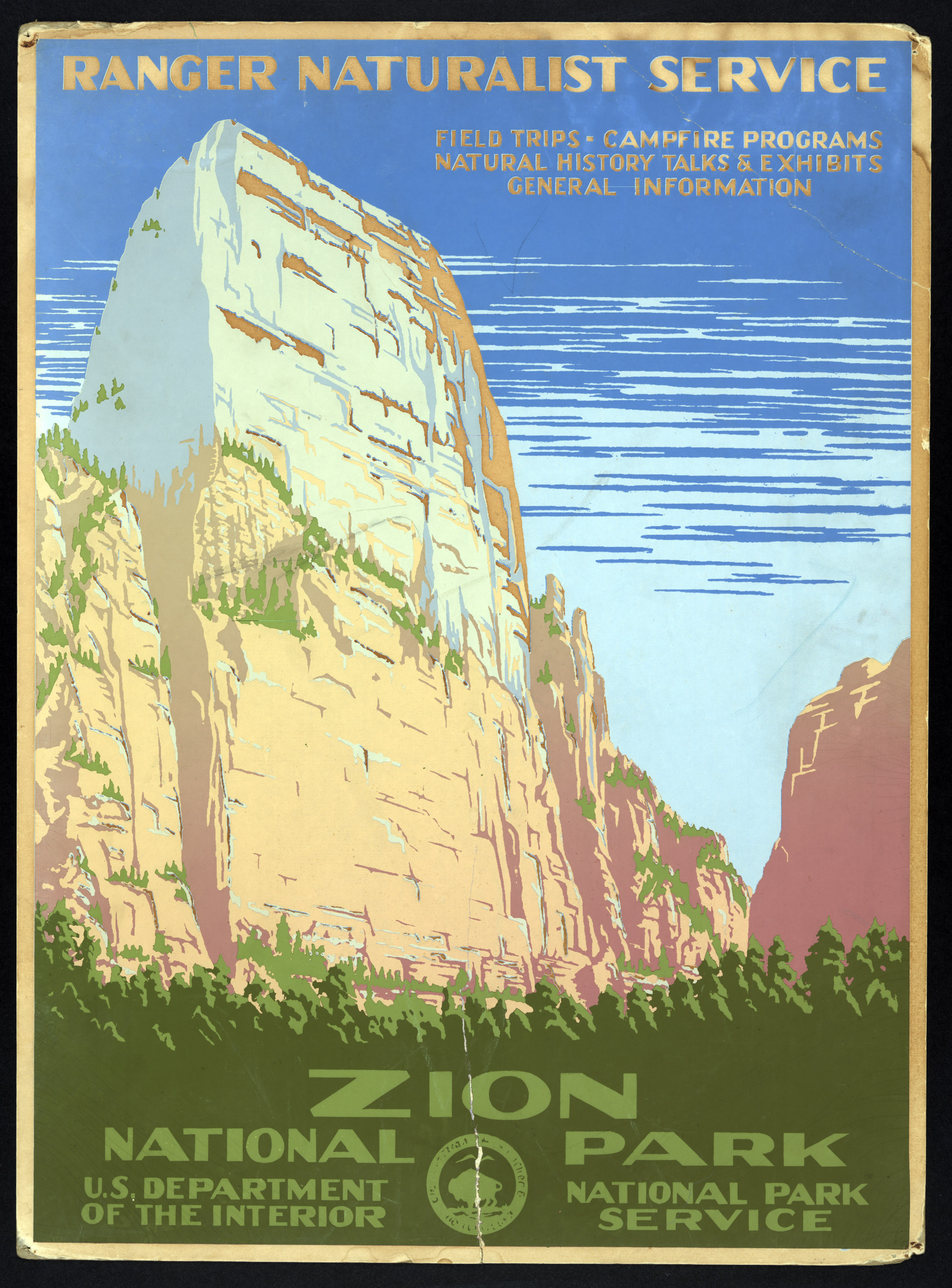
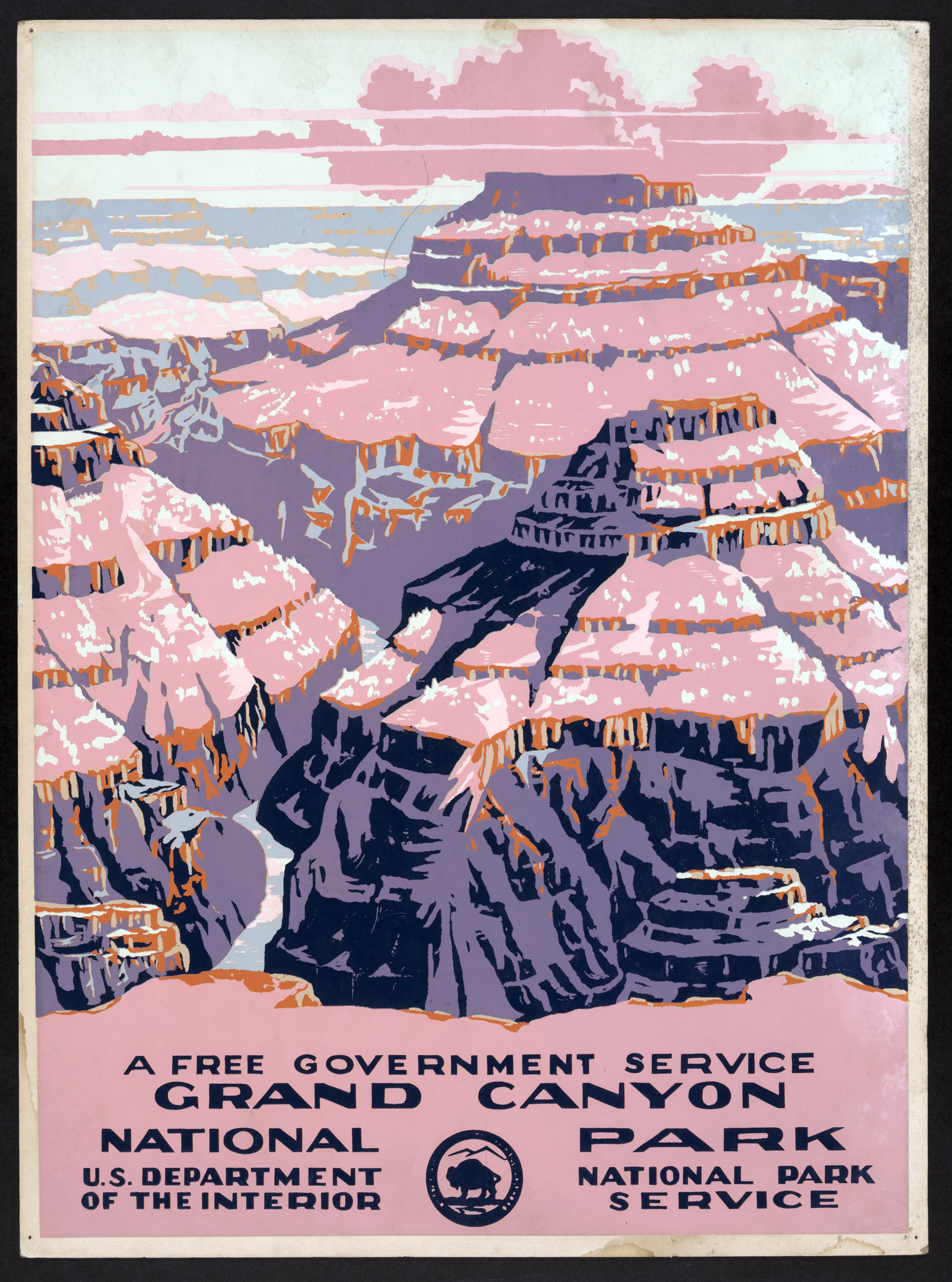
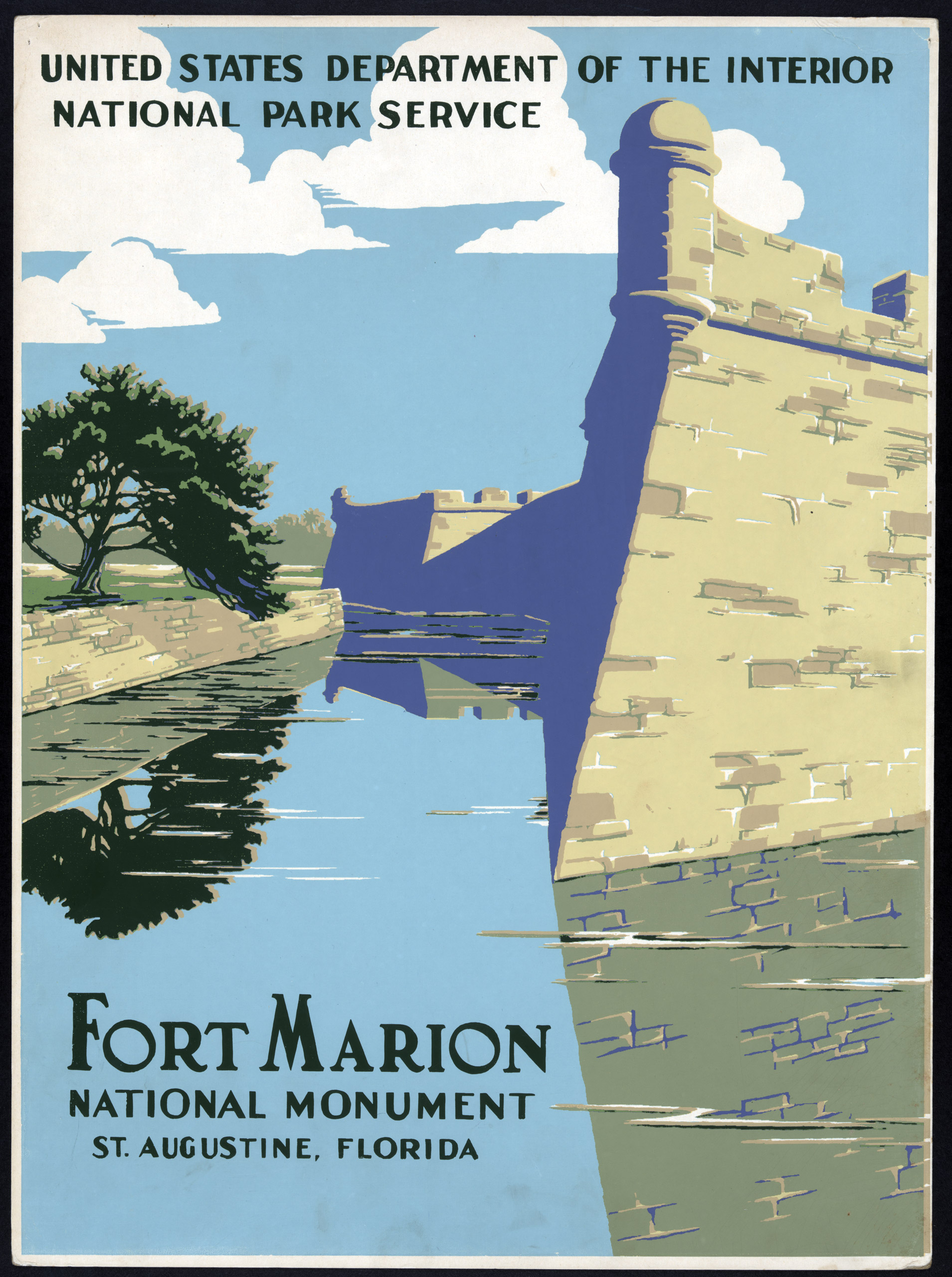
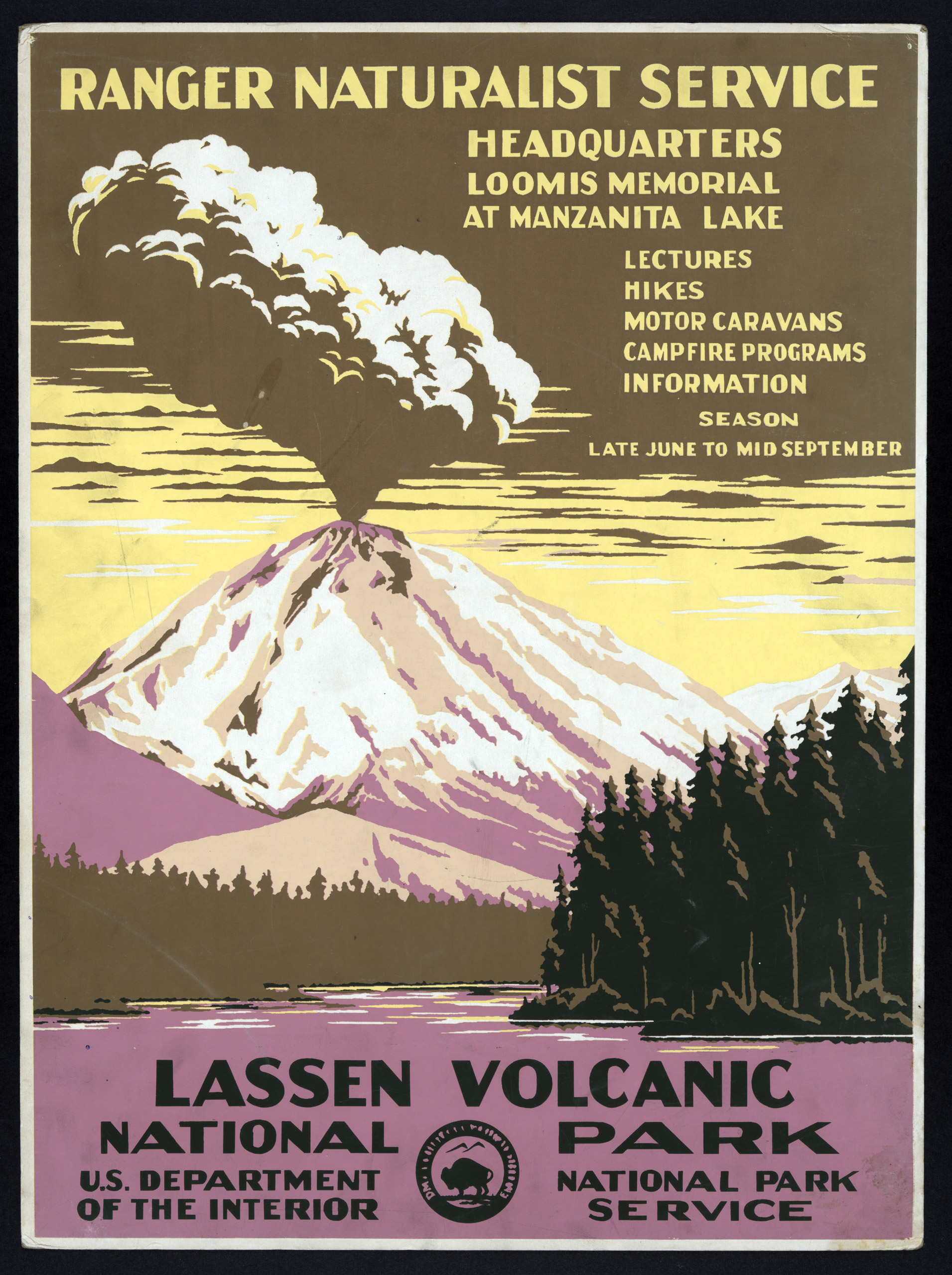
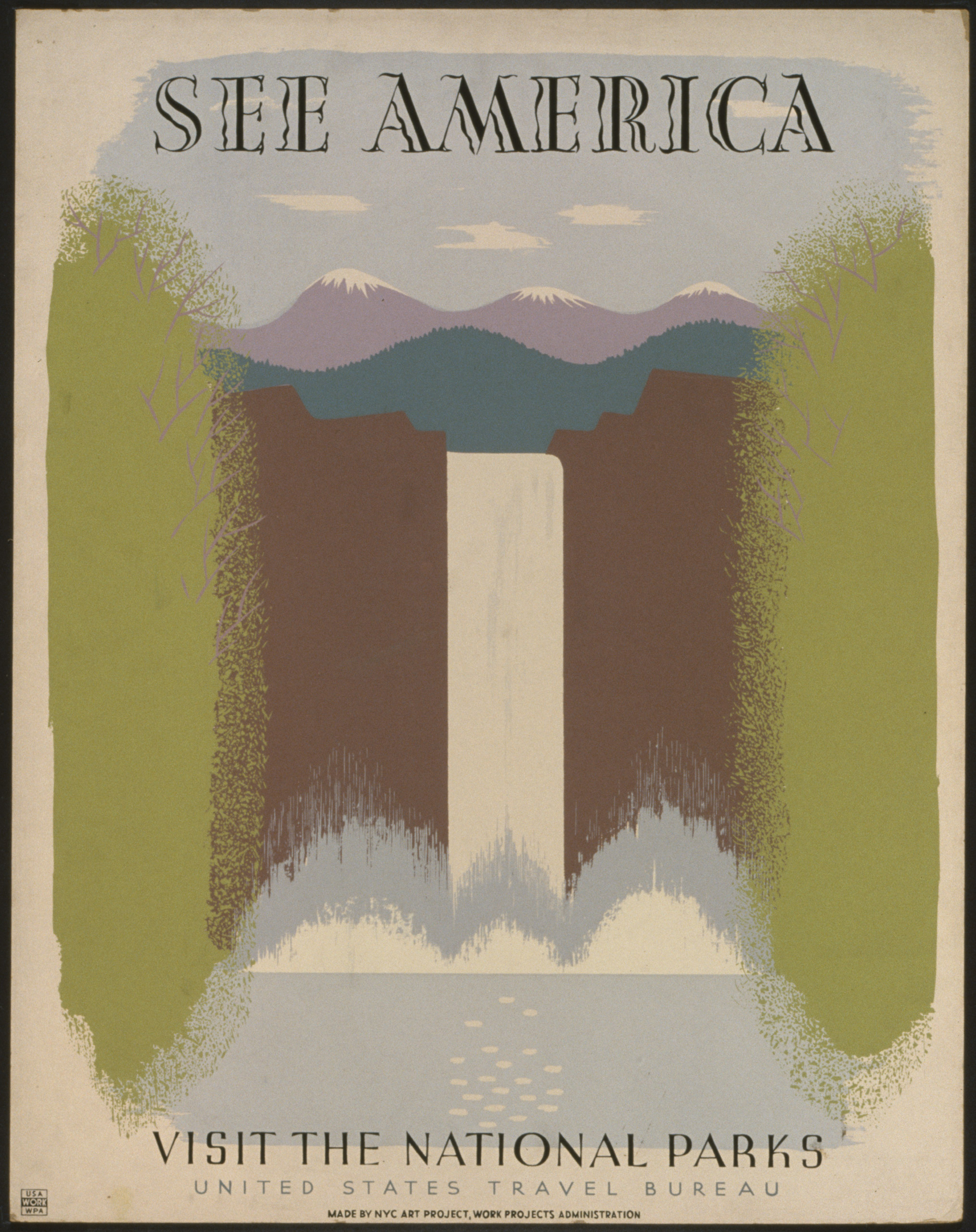
More Must-Reads from TIME
- Why Biden Dropped Out
- Ukraine’s Plan to Survive Trump
- The Rise of a New Kind of Parenting Guru
- The Chaos and Commotion of the RNC in Photos
- Why We All Have a Stake in Twisters’ Success
- 8 Eating Habits That Actually Improve Your Sleep
- Welcome to the Noah Lyles Olympics
- Get Our Paris Olympics Newsletter in Your Inbox
Write to Lily Rothman at lily.rothman@time.com